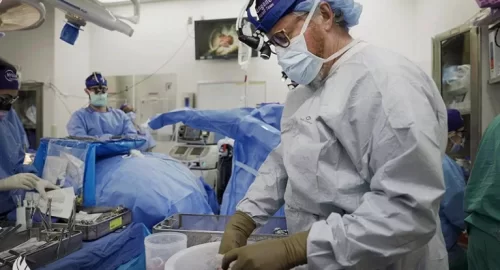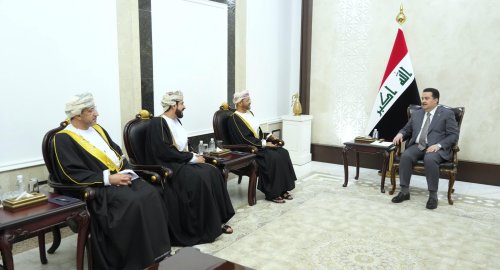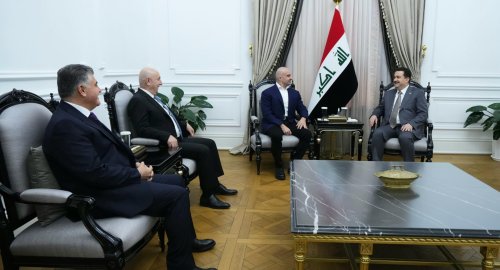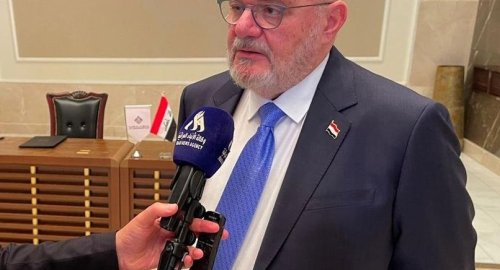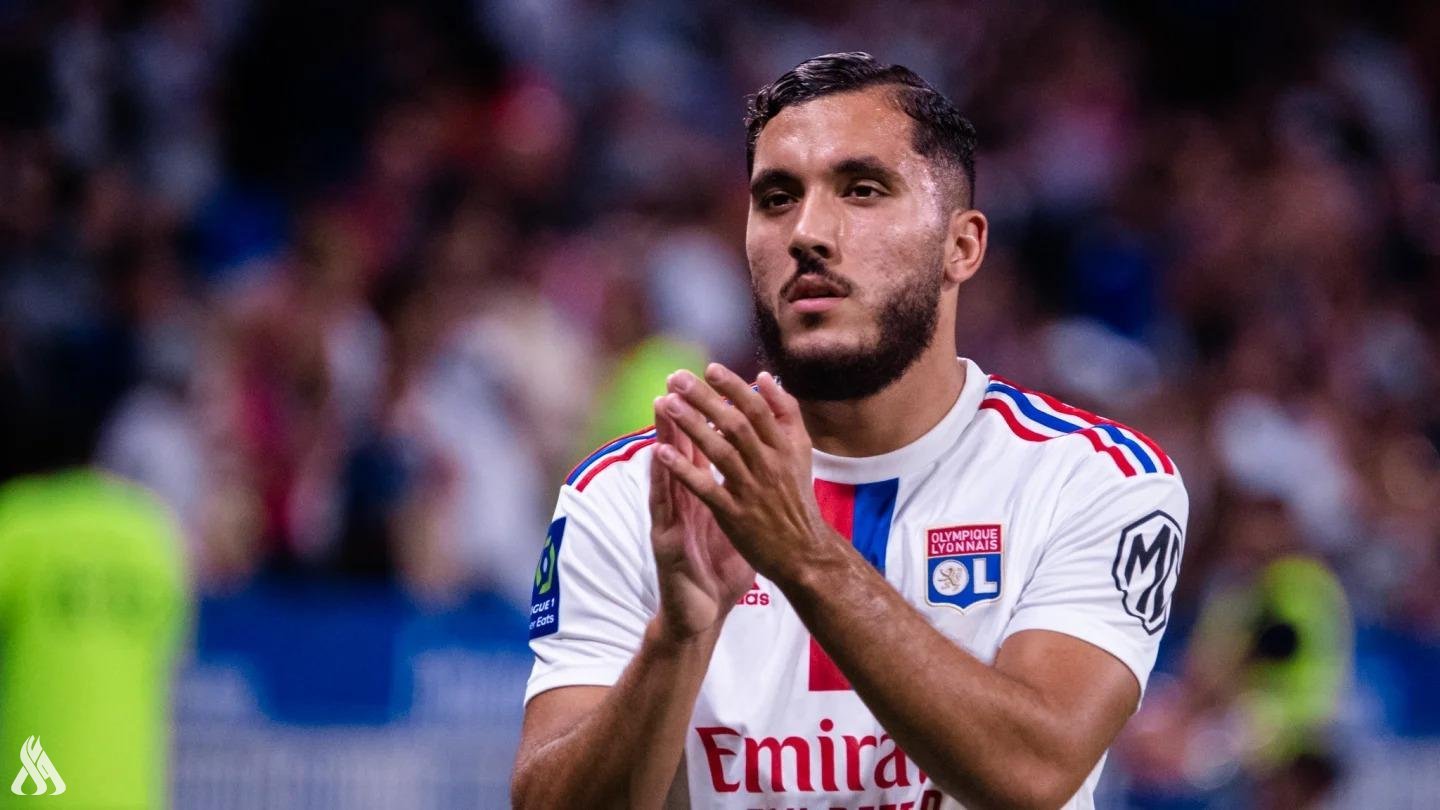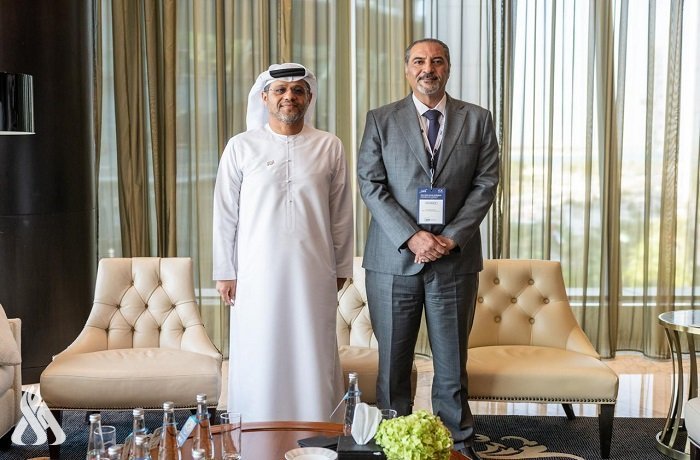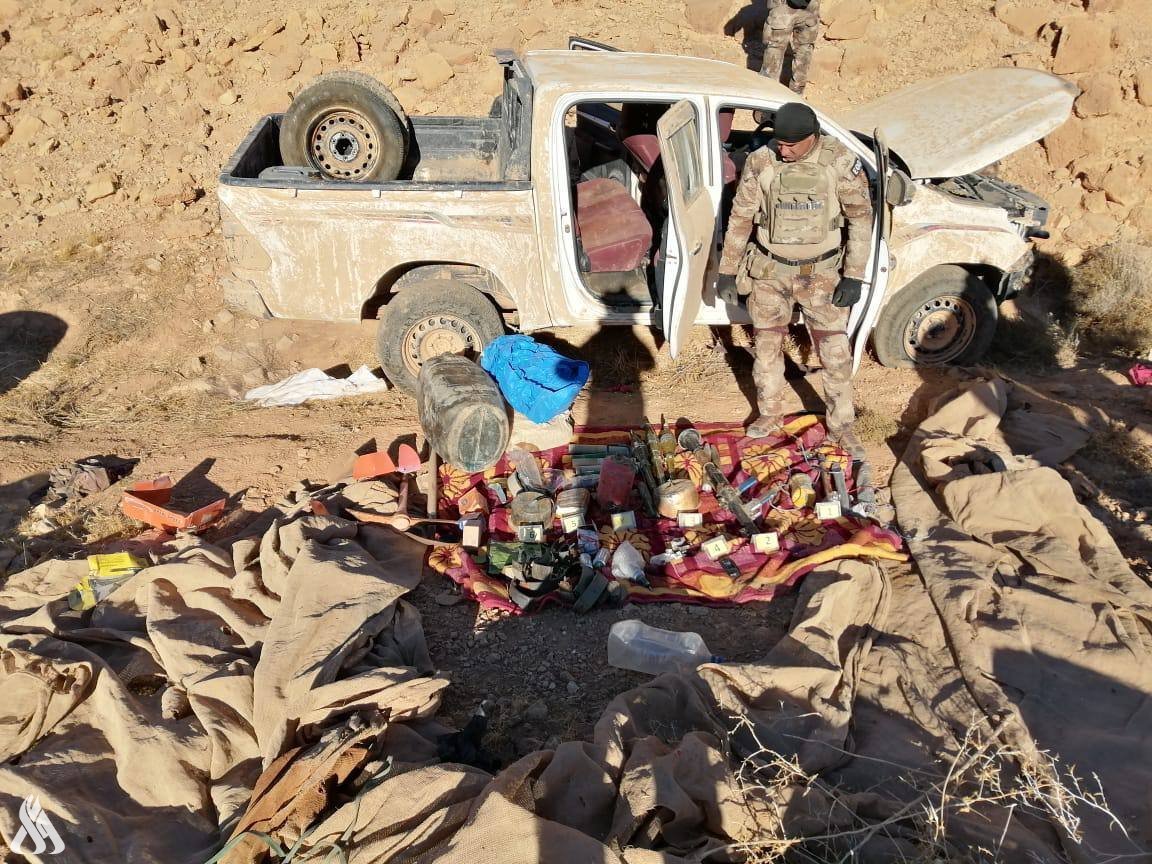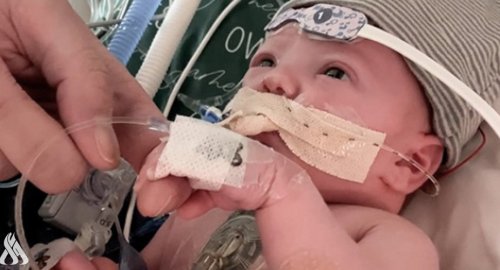
World First Partial Heart Transplant Is Growing With a Baby

- 31-01-2024, 10:25
INA- sources
The first baby to undergo a partial heart transplant will hopefully be spared repeated heart surgeries as the implanted tissue is growing with him – an outcome that has never been seen before in humans.
Surgeons made history in 2022 when they stitched heart valves and vessels taken from a donor infant into the heart of transplant recipient Owen Monroe when he was just 18 days old.
This technique of salvaging native heart tissue and only using the living donor tissue to replace defective parts had never been trialed in humans before.
The lead surgeon, Joseph Turek of Duke University, had previously only done the procedure in five piglets.
Now, more than a year on, baby Owen's heart has grown from the size of a strawberry to the size of an apricot, and the donor tissue has grown with it.
Owen's heart function is "excellent," and he's hitting developmental milestones of a normal one-year-old, like playing, crawling, and standing, the researchers reported in JAMA.
"This publication is proof that this technology works, this idea works, and can be used to help other children," says Turek.
Owen's parents – Nick and Tayler Monroe – consented to the surgery after learning that their baby had a serious heart defect known as truncus arteriosus, where a channel coming out of the heart fails to separate during development, merging two major blood vessels in a way that starves the baby of oxygen.
This condition affects around 250 babies in the US each year. Usually, infants with truncus arteriosus are given a full heart transplant, or they are treated using frozen tissue from the hearts of cadavers.
Donor hearts transplanted into infants will grow with the child, but they often become dysfunctional over time. As a result, around half of children given a heart transplant will die by the age of 20.
To prevent transplanted hearts from being rejected by the immune system, recipients are put on drugs that suppress the immune system, which prevents the body from fighting not just the heart tissue but cancer and infections as well.
It's the donor's heart muscle, rather than the valves and vessels, that the body tends to reject as foreign. As baby Owen was only given a partial transplant of vessels and valves, he only needed a half dose of one of these immunosuppressive drugs.
Infants treated for truncus arteriosus with frozen cadaver tissue need surgery every few years to replace the grafts they've outgrown. As a result of these risky surgeries, this treatment carries a 50 percent mortality risk while they're still in infancy.
Baby Owen was listed for a heart transplant, but his parents knew he was unlikely to survive the six months or so that it would take to match with a donor.
A few days after birth, Owen was already in heart failure and his heart was too weak to be given emergency treatment, such as a heart-lung bypass called ECMO.
"Once we were told the situation and that we didn't have time to wait for a heart and he was basically at heart failure right out of the gate, there weren't really many options," Tayler Monroe said.
"If something happened, we would just resuscitate him and hope for the best, which is really hard and scary to hear."
Fortunately, Owen's patched-up heart is now pumping normally and is "expected to last a lifetime," the researchers report.
The paper was published in JAMA.
First joint picture of Greenland Ice Sheet melting, ESA
- Multimedia
- 09:28
US Central Command: We killed ISIS terrorist leader Abu Yusuf in Syria
- International
- 24/12/20
Liverpool compete with Real Madrid to sign Olympique Lyonnais star
- Security
- 24/12/19
ISC, ADX discuss Strengthening Economic Ties
- Economy
- 24/12/16
Iraq assumes presidency of Arab Investment Company’s Executive Board
- Economy
- 24/12/17


